Senegal is a fairly small country in West Africa and it´s known for its creativity in art and music. It is actually the furthest point West on the continent and is part of the Sub Sahel desert (plenty of sandy roads to attest to that!) with a lush Savannah found in the South (greenest of greens in wet season). It is a country split in two sections by The Gambia, river and country. The lower luscious region of Senegal is known as Casamanse (yes, originally known for deep conflict wanting independence in 1982 but today is quite civil and calm). Finally, a coastline offers welcoming beaches splashing warm Pacific Ocean water which is generally calm but also provides some of the best waves to ride in all of Africa (N´Gor is where it is at).

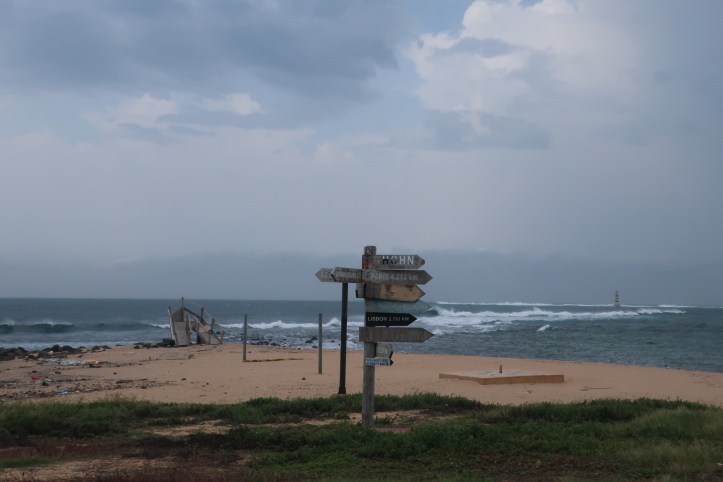
Most of my time in Senegal was spent in Dakar while I learned French but I did travel around afterwards overland exploring the region. In this post I provide more of an overall understanding and appreciation for Senegal and what I experienced during the one and a half months living and traveling in the country. Below is my itinerary and the travel stories, locations and information about them can be read in a separate post (click links below).
Dakar —> St. Louis —>Dakar —>Ziganchor —> Guinea-Bissau —> Cap Skirring —> The Gambia —> Toubacouta —> La Somone (Mbour, Fatiouth, Saly) —> Cabo Verde —> Dakar (Lac Rose) —> Benin
Arriving to Senegal is easy, it is visa free for many travelers and seemed to be almost a hub for getting around a good chunk of West Africa. Plenty of air carriers arrive to Dakar so it is an easy transfer point into West Africa from Europe and the Americas. Upon arrival, know that the airport has easy to access atms, sim cards for cellphones and a bus or plenty of taxis into town. It takes about an hour to get to Dakar since you actually land in Thies (pronounced ¨chess¨). Another option from the airport besides heading into Dakar are the beach towns of Mbour-Saly-La Somone (area known as Petite Côte) which are also very easily accessible from the airport. The beach resort towns here will make you feel like you´re in the Mediteranean…which isn’t a bad plan. At first I avoid them but eventually I unexpectedly ventured there to relax…and it was just what I needed…I couldn´t even believe the luxuries available. Be aware that on weekend this is a huge escape for those living in Dakar…it might get crowded.
If it´s your first time to West Africa, Senegal is a great option for travelers because it is one of the most developed in the region with enough rough around the edges to allow you to easily see the real West Africa while feeling safe and adjusting to life in this region. Dakar is amazing, especially if living there, in that you can be in the unique world of West Africa that is often quite draining yet the ocean and beaches are literally surrounding you and there to soothe you…they are the best respite to calm and de-stress after a hard day or week in the city. Just treat yourself and relax from any stresses along the lovely coastline and literally you will be ready to do another and another day/week. In addition, the expat community is large and has brought all the interests and amenities one desires to the country (If moving to Dakar I suggest joining Expats, Locals & Visitors In Senegal – ELVIS on Facebook for all your questions). You can find food you miss from Europe and America without a problem, health care is good, communities of all passions are available (I ran with Les Caimanes weekly, attend a Women´s group and did a triathlon while living there) and basically anything else you need is there if you look (or ask around).
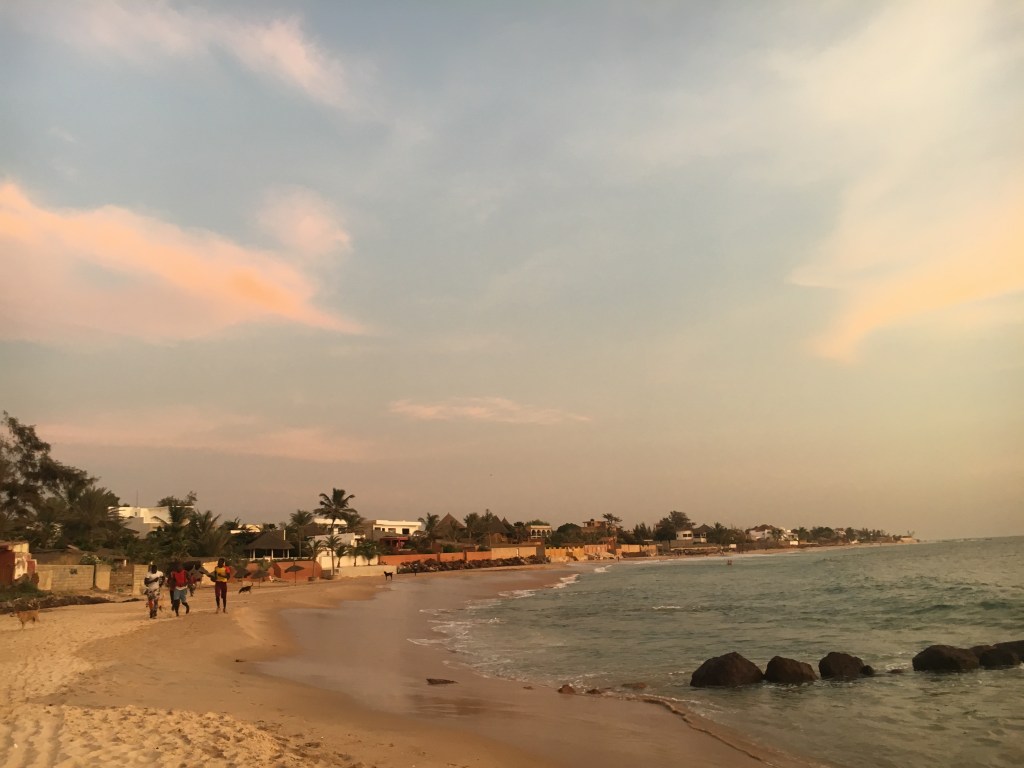




Senegal, like much of Africa was settled and colonized by European nations in the 15th century to take resources (trade?, as most history books use is quite irrelevant, nothing was traded, all was taken) from the land (gold, salt, cloth) and it´s people (yes, humans just like us). Senegal is a French speaking nation that was finally fully colonized by France in the 19th century, after of course the Portuguese, English and Dutch. Common languages learned in the country are French and Wolof (a local tribe and language that is actually more widely spoken than French). Senegal obtained independence from France in 1960 but had most of it´s successive leaders trained and educated in France for many years. So much French rubbing off here that this may be the best place to learn it in Africa…of course with help from the super friendly Senegalese who always seem to be willing to speak with you (known for teranga or hospitality and it shows)! More about that experience in my French in Africa blog.
Senegalese in Dakar are well educated and it was common to hear other languages like English, Spanish and Portuguese spoken while out and about. Knowing some French would be very helpful here especially outside of Dakar/Petite Côte and Cap Skirring (the 2 most visited places) but then again some people only speak Wolof or another local language…so maybe English (since we stole so many words from français) or simple hand gestures would get you farther. Anyway from experience I know you can get by without it but it is always helpful if you know some, especially at museums where it’s likely only in French (get a guide when you arrive to the museum). If you want to go more in-depth culturally like I prefer, French will definitely get you farther and deeper into the country.
It is a majority Muslim (Islamic) nation with only 5% of the population (approx. 16 million) being Christian (Catholic mainly). Which in reality means I felt very safe there. Safety was my main concern before arriving given previous travels to East Africa as a solo female backpacker I already knew what to expect in African cities and how much I´d stand out as a single female traveler (yes, skin color too). New to me was an Islamic majority country in Africa which after Asia I´d had plenty of time experiencing and learned that each country with Islam is different in terms of flexibility in their religious culture regarding dress and rules (simple visible ones). In Brunei they covered up and alcohol could only enter with foreigners in certain quantities, in Bangladesh women were fully clothed and was mainly dry (alcohol prohibited) and in Oman you should cover up shoulders/knees even to swim but none of these countries had head coverings (hijab) required. Turns out being Muslim in Senegal is of the more flexible type of Muslims (that is, not like the strict Middle East…no Sharia law here). You should cover your shoulders and knees at least but you can wear a bikini at the beach…so interesting! Everyone respects each other here, minds their own business and no one wants to harm anyone which is great (always that rare case but very safe). I ran with shorts and a tank top on the beach in the mornings but during the day had knees and shoulders covered. When outside of Dakar I made sure to run with shoulders and knees covered unless I ran on the beach. It just seemed respectful to join the local cultural norm a bit.
Art in Senegal comes in many forms, the most impactful for me was when it was combined with Islam and the many creative ways the local prophet Amadou Bamba and his successors images were artfully depicted everywhere in Senegal (walls, buses, store fronts, etc). This particular man gives Senegal a strong character as he is one of few who started a movement so strong in modern day that 3 million followers flock to his created City of Touba (where he is buried) to celebrate his life and prophecy each year in late October…The Grand Magal is big enough to be the 3rd largest pilgrimage for Muslims in the world…interesting indeed! He was a Muslim prophet, Sufi leader and saint in Senegal that founded a brotherhood (Mouride – byfal) and lead his followers to be peaceful, hard working and good mannered. He basically renewed Islam in Senegal and he´s seen as a hero who went up against French colonialism and one of the greatest spiritual leaders in Senegal. It was always fun to see the many ways he and other leaders of the brotherhood were portrayed on the walls…they always caught my eye.
Beyond this, art was typically full of color and uniquely as local as it gets. Found at art galleries (tons of them), art markets or simply here and there. Art was always well done and very unique to Senegal. I loved the local art and bought tons of it…small versions that I could carry obviously (in my spare luggage). In Dakar you can get arts and crafts in Soumbedioune (just past the fish market) and Village des Artistes where artists have studios (nothing fancy). The other option is touring the many free galleries around the city (too many to mention). Keep in mind, if you really like art, every two years there is Dak´Art which brings together the best art from all over Africa.
Another thing to note in Senegal is the food. Likely the best and most flavorful you can find in West Africa! There are several main dishes with meat (usually goat – never pork, Muslims don’t touch that) or fish (poisson – pronounced Pwah-sawn) placed on top of tons of onions – I swear Senegalese can’t live without onions (kilos of it are eaten per household each week!) – obviously flavored with local sauces or spices and local vegetables all added to rice or vermichelli. Dishes not to be missed include Thiep bou diene (national dish…last word changes depending on meat eaten…dien is fish – in Wolof), Yassa and Mafe (a yummy peanut sauce dish). Then the French influence, per usual in French colonized countries, provided the skills to deliver some very fresh delicious baguettes (and croissants too!)! If you like bread, you will be very happy here. (don´t be fooled if you cross nearby non-French-influenced borders and see baguettes…no influence = not well made). In fact, my favorite meal was served on a baguette….it is simplistic but I loved it. If you see a corner stand with some pots on a table and locals hanging around drop in and order, the roadside baguette sandwich (choose the toppings) was my all time favorite (400-600 CFA). Top this off with some wonderful local drinks… My go to Bissap is a local drink with Hibiscus seasoned with mint that will steal your taste buds and if not this then the baobab trees fruit juice (bouye) will. It doesn´t stop there…tea reigns in the country and is always a welcome invite. I loved the way they prepared it…the tradition of preparing it which is also seen all throughout West Africa of pouring from up in the air to a glass held farther down. Their rendition on coffee will knock your socks off…but it is worth a go….Cafe Touba…it did mine…holy moly! Of course this flexible Muslim nation also has beer, try a La Gazelle. These are just some of the stand outs I found but there are a ton more options in Senegal then I mention here…deliciousness abound.
Side note: Overall, the ingredients in Senegal are very fresh and you won´t find those American fast food chains in Senegal (amazing!) except 1 KFC that was opened literally months before I arrived (2019). Senegalese love their chicken and to be truthful I understand why. Poultry here was the best I´ve ever had, like I don´t think I´d experienced real chicken until I lived here!
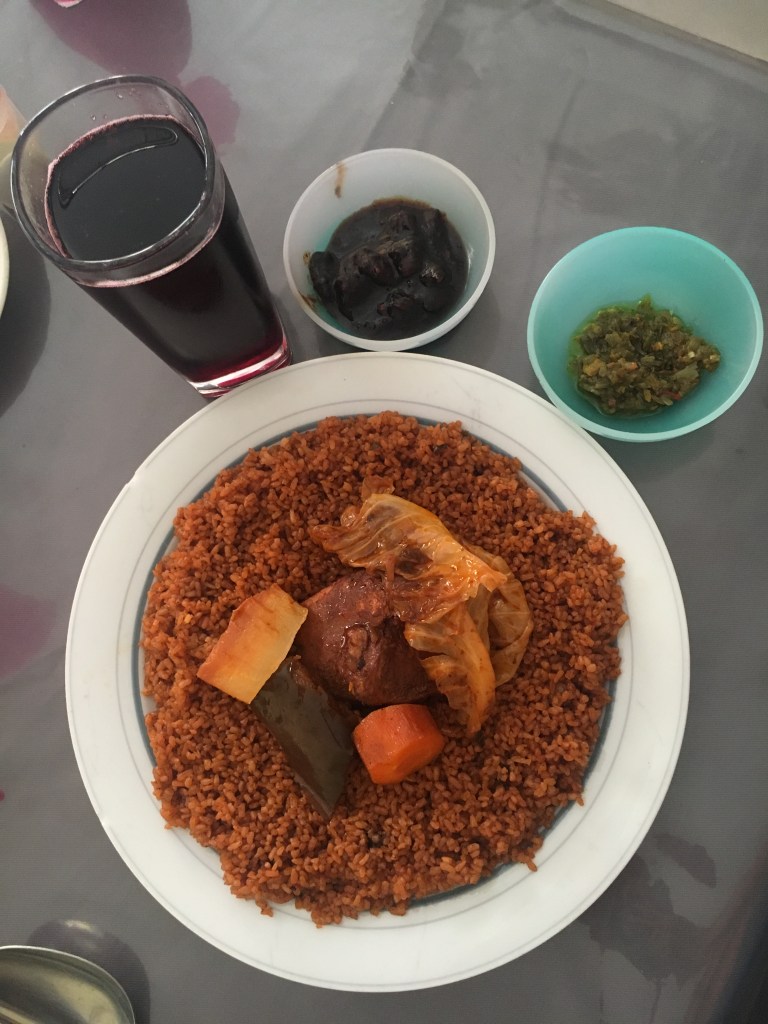

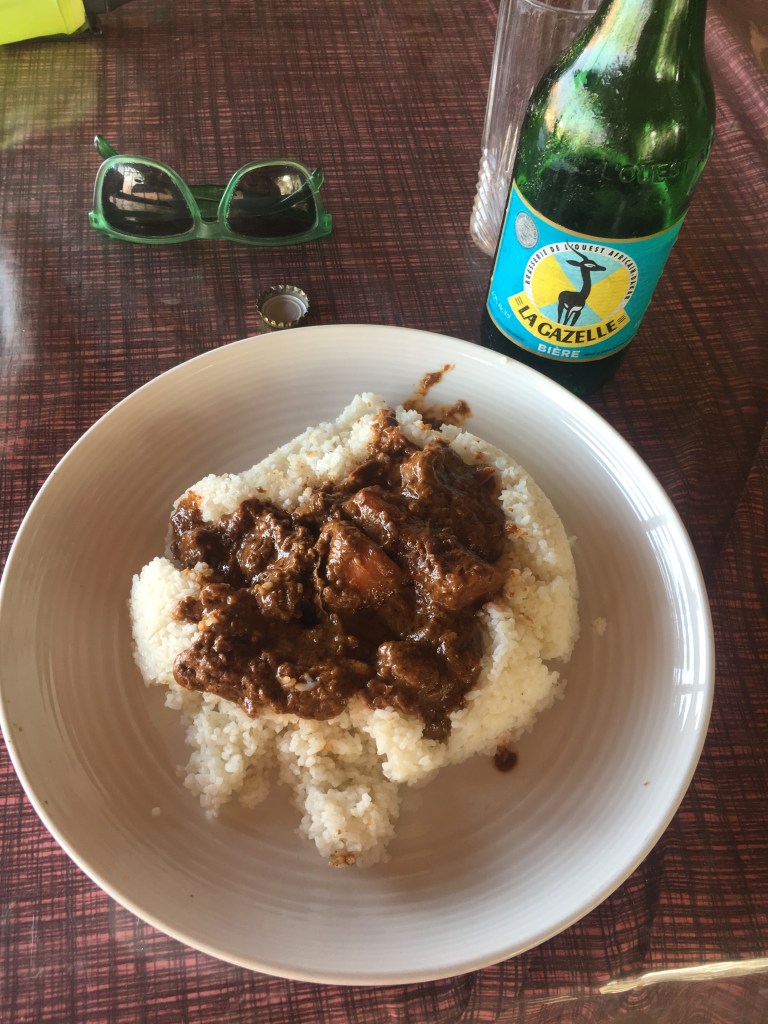




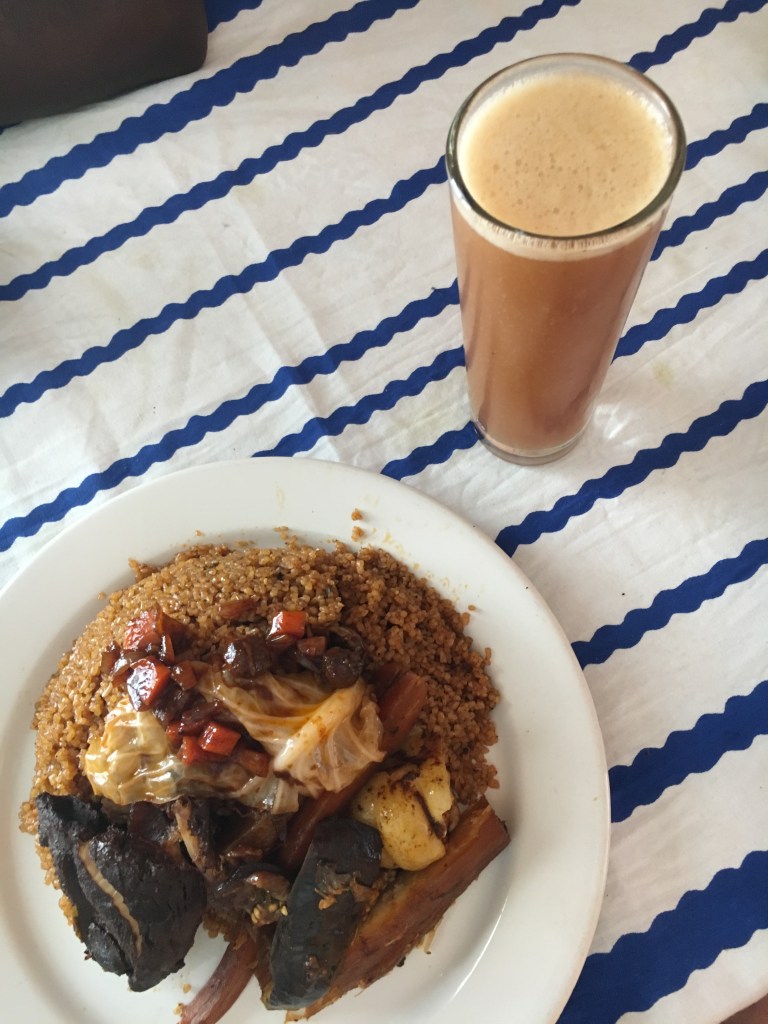
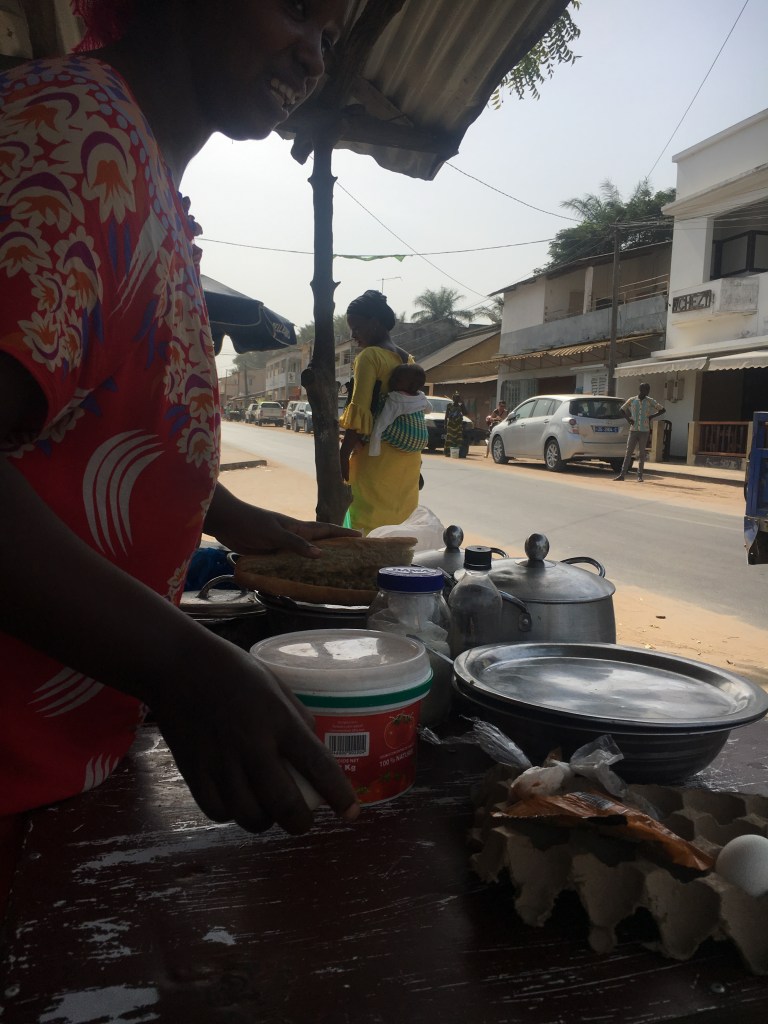
Another great thing with Senegal is that it´s always been known for regional stability, economic and political (well, until recently… read more here). Paired with it´s location you will find many consulates/embassies and NGO for the region are headquartered here. It is a great place for job opportunities and well for travelers…this is important information for getting visas (in fact many are cheaper and quicker to get from here). I got two while I was here (each took about 24 hours) and I even got a new US passport issued lol (than took a few weeks). I would recommend arriving to Dakar, staying a week or so and getting the visas here on site, just double check paperwork needed, time for processing, confirm that the consulate/embassy does exists here and that you can get it outside home country. Finally if you are moving here and interested in starting fresh….know that it is super easy to start a business (approx. 8 days) in Senegal and the Central/West African Franc (CFA) currency used here is pegged to the Euro (again French influence). The CFA is used in 14 different countries and this is the first region I´ve seen around the world where the USD is not the desired currency! …Here, forget even offering USD lol (for me a nice change)…they want Euros for exchange instead! You should know that the CFA will be removed for a new ECO currency in coming years (still pegged to Euro) to create a greater economic union and independence (more info). Africa in general is cutting edge in terms of how payments are processed and Senegal is no exception. Finally the systems in place for transactions/payments are actually done by cell phone (any phone, non sophisticated ones too) and is a much quicker service than many places around the world. More about that here. Many of the above mentioned topics help show you how developed (again this is all relative) Senegal felt compared to many other West African countries. It ranks top 5 for development in West Africa, next to Ivory Coast, Ghana, Nigeria and Cape Verde (this last one is incredibly developed).
Developed is relative though since it isn´t always economic related, sometimes it´s visual, simple infrastructure or just how those in poverty are living. In Senegal I mentioned lots of sandy roads but overall the main thoroughfares are nicely paved. There is a new airport and the first metro in West Africa is being built in Dakar. Ferry service is available and modern heading to Senegal´s Southern region (Casamance). There are some buses (Dem Dikk) for longer travel too but mostly either sept-place (authentic, highly local, not so comfy) or a hired driver/tour (least stressful) options are used by tourists. Downside here is the city traffic and the sept-place drivers out on the rural roads…they go dangerously fast, pass tight and carry lots of extra weight on their roof. I took them plenty but just had to trust that the drivers knew the roads and drove decently. My second trip in a sept-place went through a rain storm and of course the windshield wipers didn´t work ha ha then once the storm passed (yeah!) to make matters worse cars splashed mud on our windshield…still no clue how he saw aaanything (omg) to drive but due to traffic it was slow moving and manageable! I also don’t recommend driving at night here as I think this is really why you see plenty of flipped cars (potentially fatalities) on the roadside.
During my first month I only did one trip outside of Dakar because I wanted to see more of what Senegal as a whole was like; to have another perspective other than just the capital city.
It was not at all what I expected…I went for a weekend to St. Louis (leww E in French), known as the first French city in Africa. Sunrise or sunset was astonishingly beautiful, the North point of the island was a mesmerizing expanse before you with a mosque in the distance, I got a skirt made at the market, stumbled upon a concert (Obree Daman) at the Institut Française, made my first real 24 hour friend (my name for a temporary male friend that finds you while traveling), found the beach North of the fishing port to be clean, never ending, and empty all for me and fell even more in love with the colorful fishing boats (pirogues) of Senegal. Unfortunately, I mention the good only because my real thoughts are that St. Louis isn´t worth visiting because it´s filthy, the colonial buildings are not as charming as they say but instead decrepit, the people are friendly though I definitely was slapped by a young girl at the beach and another elsewhere…and would not recommend visiting unless it is April for the jazz festival or if you like birds and it’s November to March when they are migrating there…or simply you must see it for historical reasons.
By the way the drive up was eye opening, I was between awestruck and scared…
If you know me I always prefer local means of transportation but in Senegal I would just recommend hiring a driver or going through a tour agency to remove the stress of it all… I took my first sept-place, a 7 seater Peugeot car (sept-place -p isn’t pronounced…nor e in place) to St. Louis. In case you are trying to save money…you catch the sept-place from the Gare Routiere de Baux Maraichers (takes 4 hours) but be prepared to suck it up or a Dem Dikk bus (also cheap).
Besides my fear in the car, the ride was magical! After passing Thies the vast desert landscape changed and became dotted with enchanting baobab trees sprinkled between some palm and white-ish trees scattered in the distance then paired with rainy season vegetation and sand…the whole landscape we passed was very ethereal (really, too perfect for this world)…or if you must, ha ha in my original words, a crazy cool golf resort…so perfect and green…it literally left me awestruck (and obviously forgetting about the road.
In Dakar I recommend visiting:
- Mosque de la Divinity – it´s very pretty (I did a swim here for triathlon) and Massalikul Jinaan Mosque (largest in Sub Sahara)
- Ile de Gorée is not to be missed as a lot of history of slavery and Senegal happened here on this beautiful island. It is best to get a guide and visit several museums on the island (you can swim at the beach too). It´s a 20-30 minute ferry from city. This is a UNESCO site.
- Beaches (plage): Yoff (huge and very happening local beach was close to where I lived – away from fish market is best), Plage des Mamelles is a tiny with sometimes rough current beach that is still swimable and the popular bar there is great all day and night (crowded on weekends), Plateau neighborhood around the Route de la Corniche Est. at any restaurant or club that has water access is quite nice (actual beaches are l-Anse Bernard or ones near the port – access not so easy)…truthfully there are tons of beaches in Dakar (or nice hotels with pools and a view)…all will be great and zero stress.
- Pointe des Almadies is great for nightlife on the beach or day drinks on the beach and also it is here that the farthest Western point of Africa exists. Many restaurants have a beach or protected swimming area.
- Monument de la Renaissance Africaine has an interesting back story of how North Koreans built it with half naked soviet looking Africans in a Muslim country and how a former president paid for it and still makes money off it and finally it´s size…it is huge, you can see it everywhere in Dakar) and Phare des Mamelles on the opposite hill (aka boob – mamelles in French…eh) has great views and there is a restaurant/bar there. (I enjoyed running up it…these being the only hills in the city)
- N´gor Island is also highly recommended. Catch a 5 minute boat (pirogue) across and go surfing or chill on the beach (popular with younger crowd). It is also possible to swim over (plenty do), grab a drink and return (for my triathlete friends it´s around 1000m lol). If here on a Sunday, you will likely see goat bathing taking place before leaving to island.
- IFAM Museum (seemed to be the best options for a musuem in Dakar – I did Black Civilizations too, it was informational but just ok)
- Presidential Palace and Railway station (I enjoyed seeing both)
- Lac Rose can be done on a day trip (best toward end of year) and highly recommend taking a taxi (I took the local bus…it took forever!). Also if boats are running, go to Iles de la Madeleine (I really wanted to go…it seemed off the beaten path).
- If farmer´s market is running, you cannot miss it. The best I´ve ever gone to (1st Saturday of month, Almadies neighborhood…look online for details – Facebook).
So put Senegal on your travel list! It will impress and entertain you no doubt.
Last minute things to note:
- Don´t drink the tap water. Boil, filter or buy bottled.
- Mosquitoes exist. I didn´t get malaria pills and was fine but I used repellant or wore longer garments in evenings and slept under a mosquito net. If it is rainy season there will be more of them. You can easily get meds at pharmacy if you contract malaria.
- If possible plan visit outside of July-October. It is rainy season and it is very hot! I was there in October and November, October was sooo hot!
- European plugs for 230V sockets are used.
- Eat with right hand when needed.
- It is very safe in Senegal and people are friendly.
Starting a Business in Senegal
More about Amadou Bamba (or wiki info here)
Blogs of mine on:




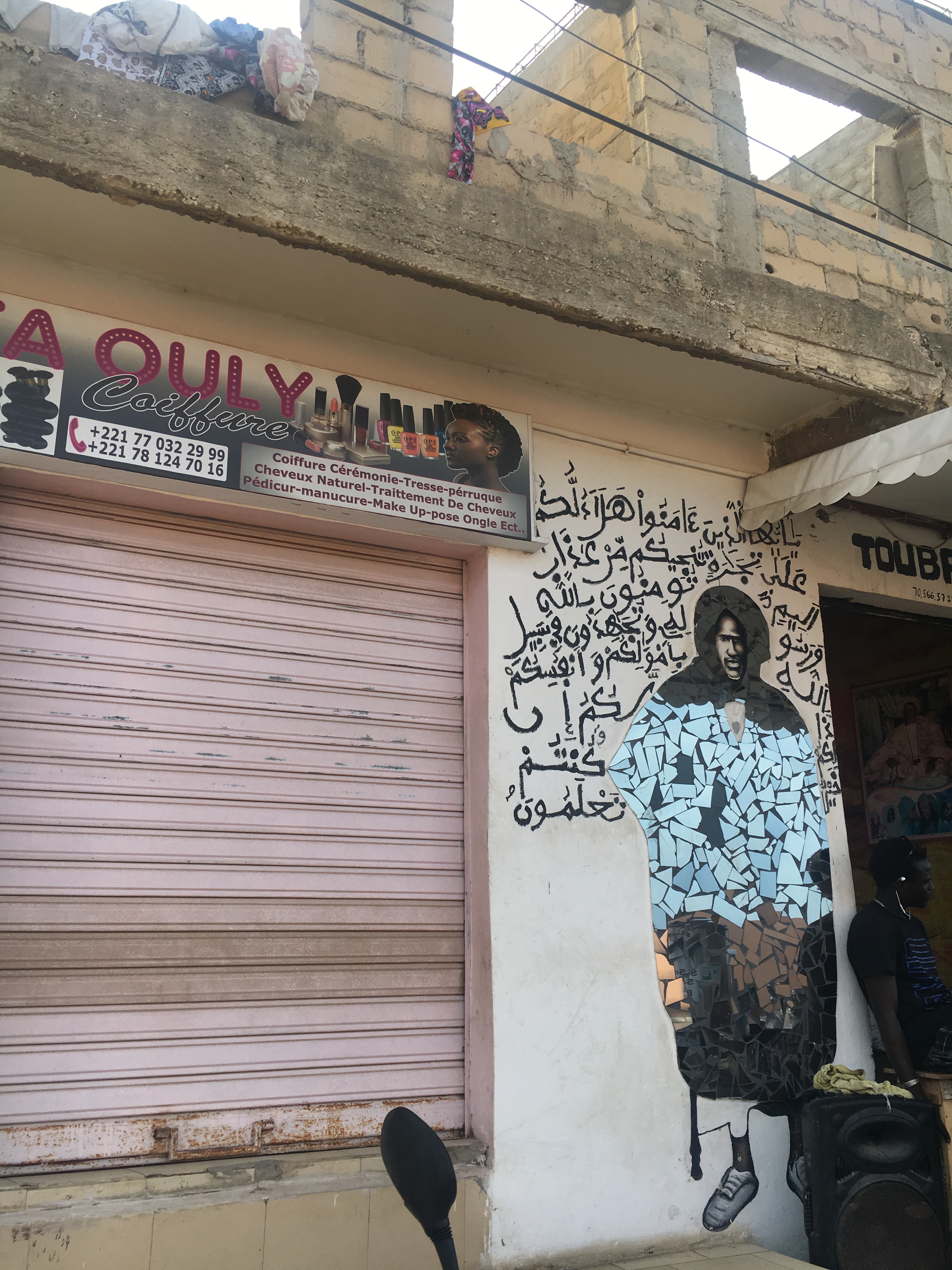
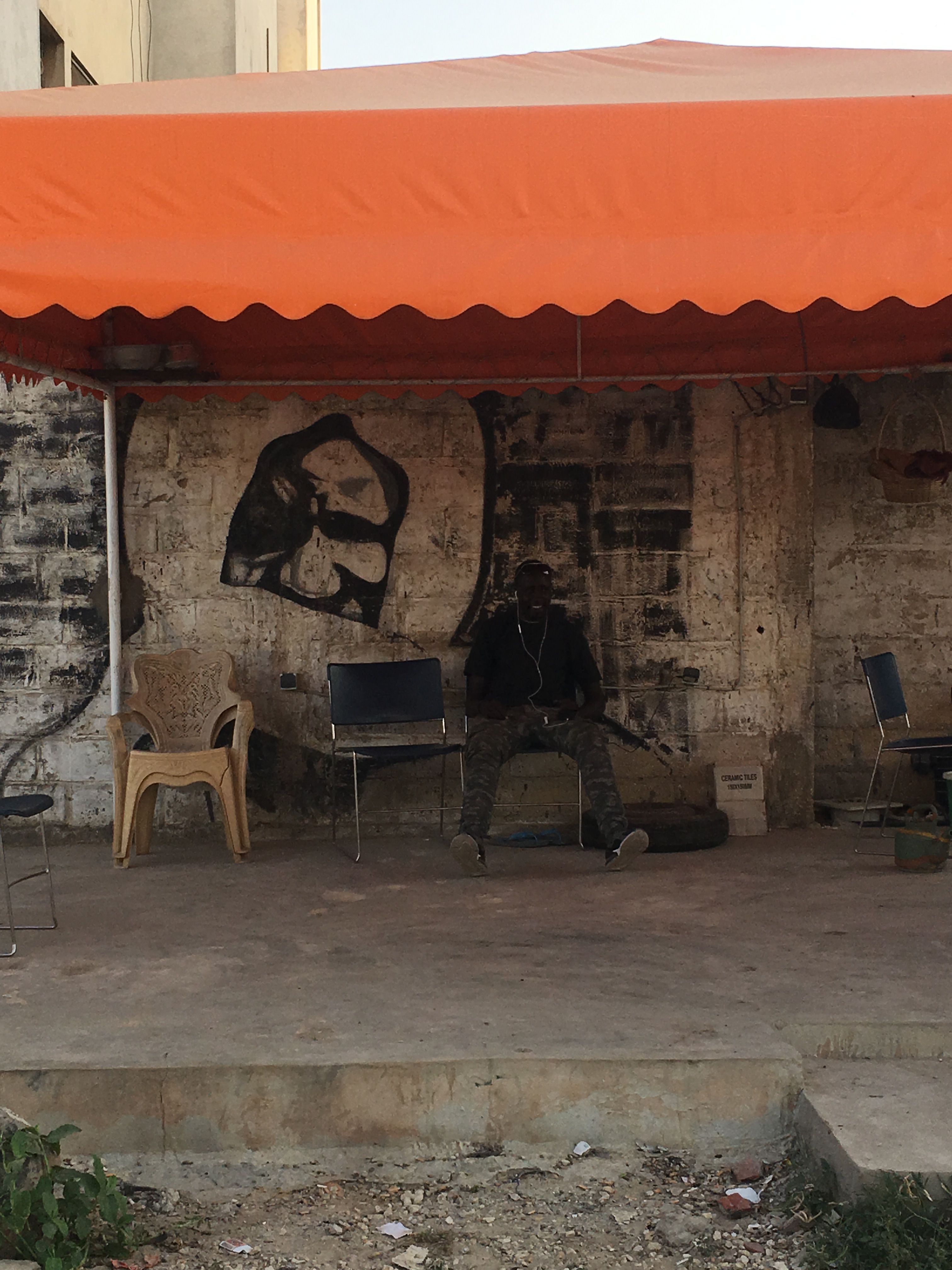




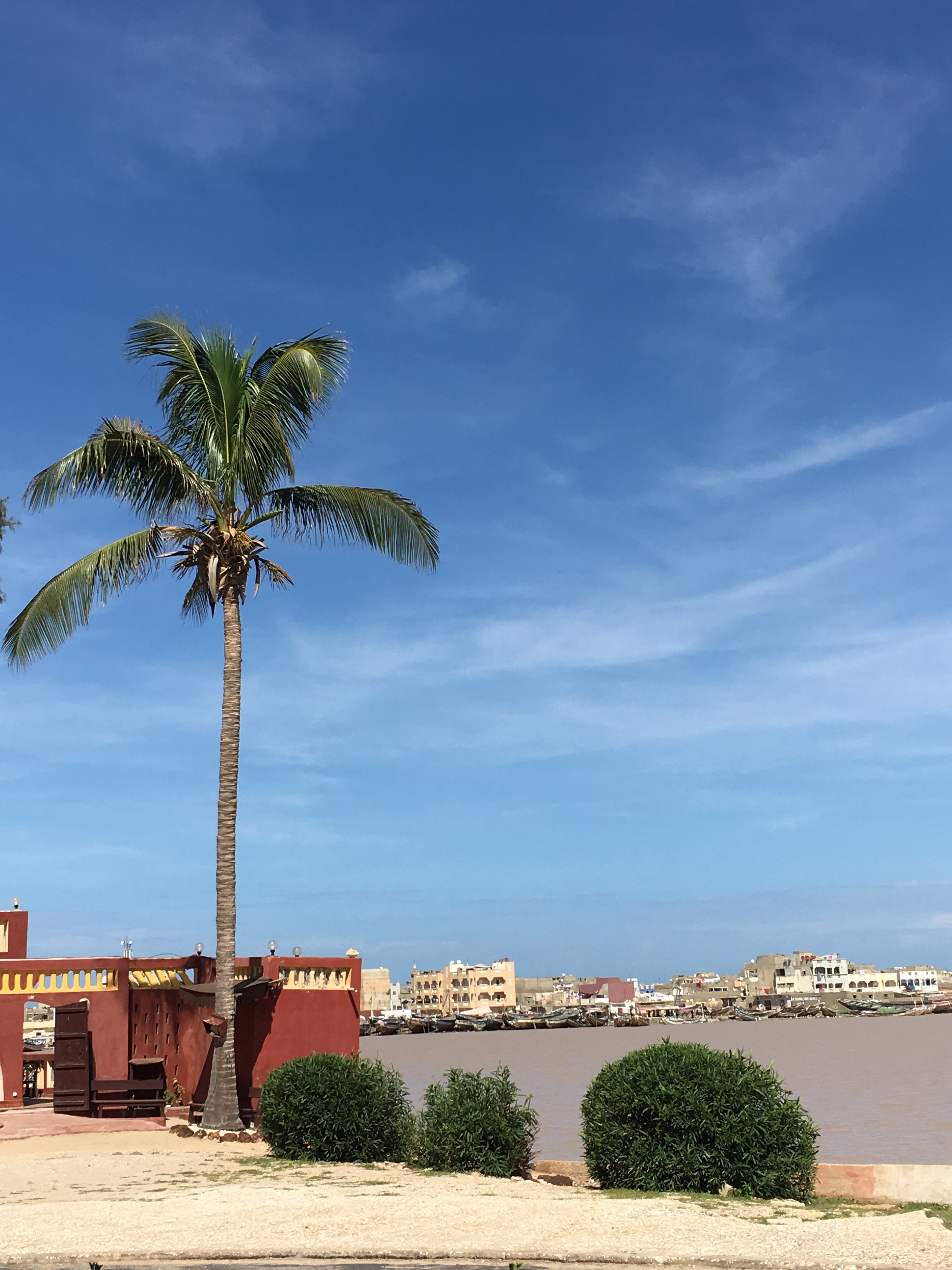

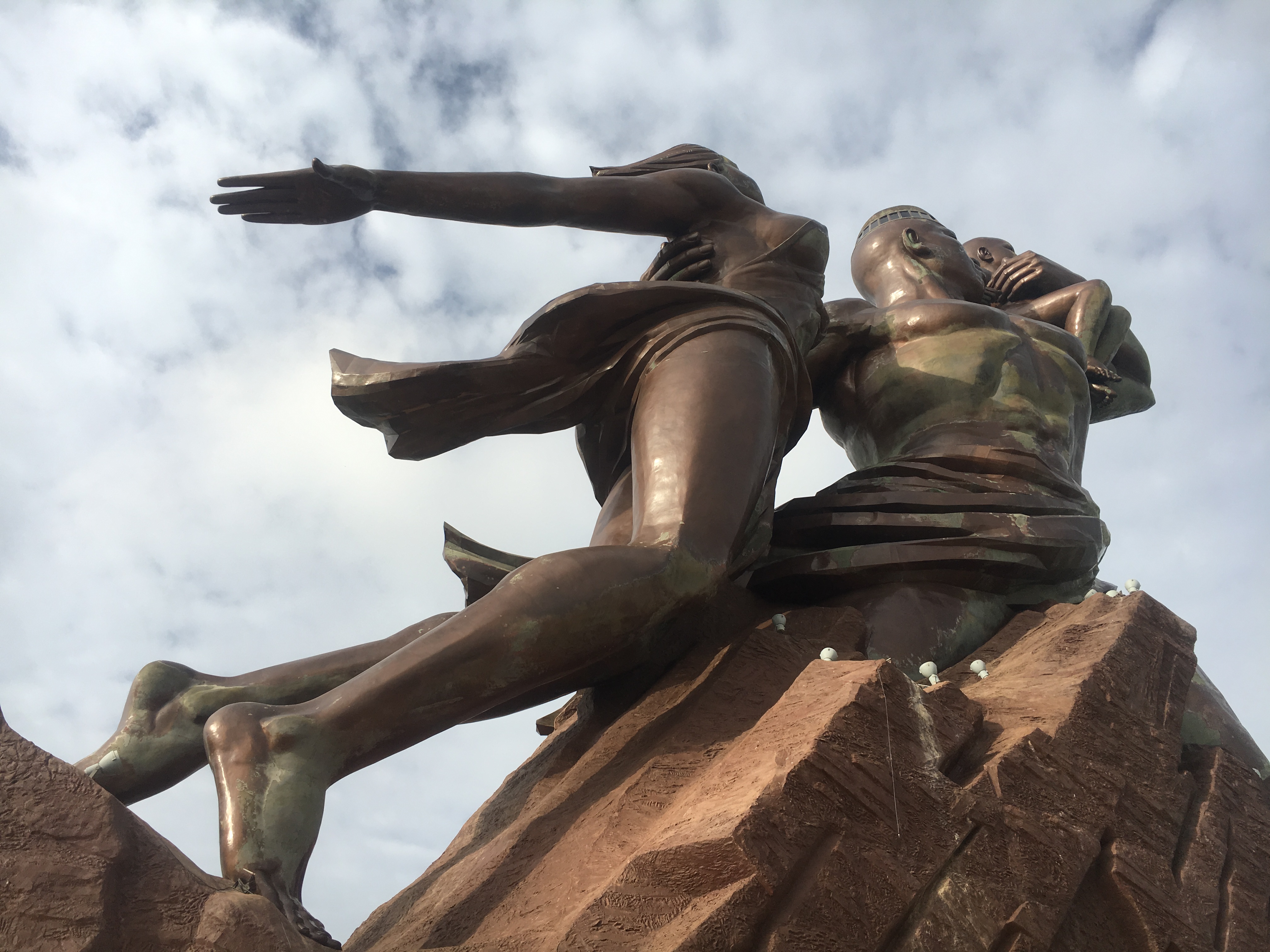





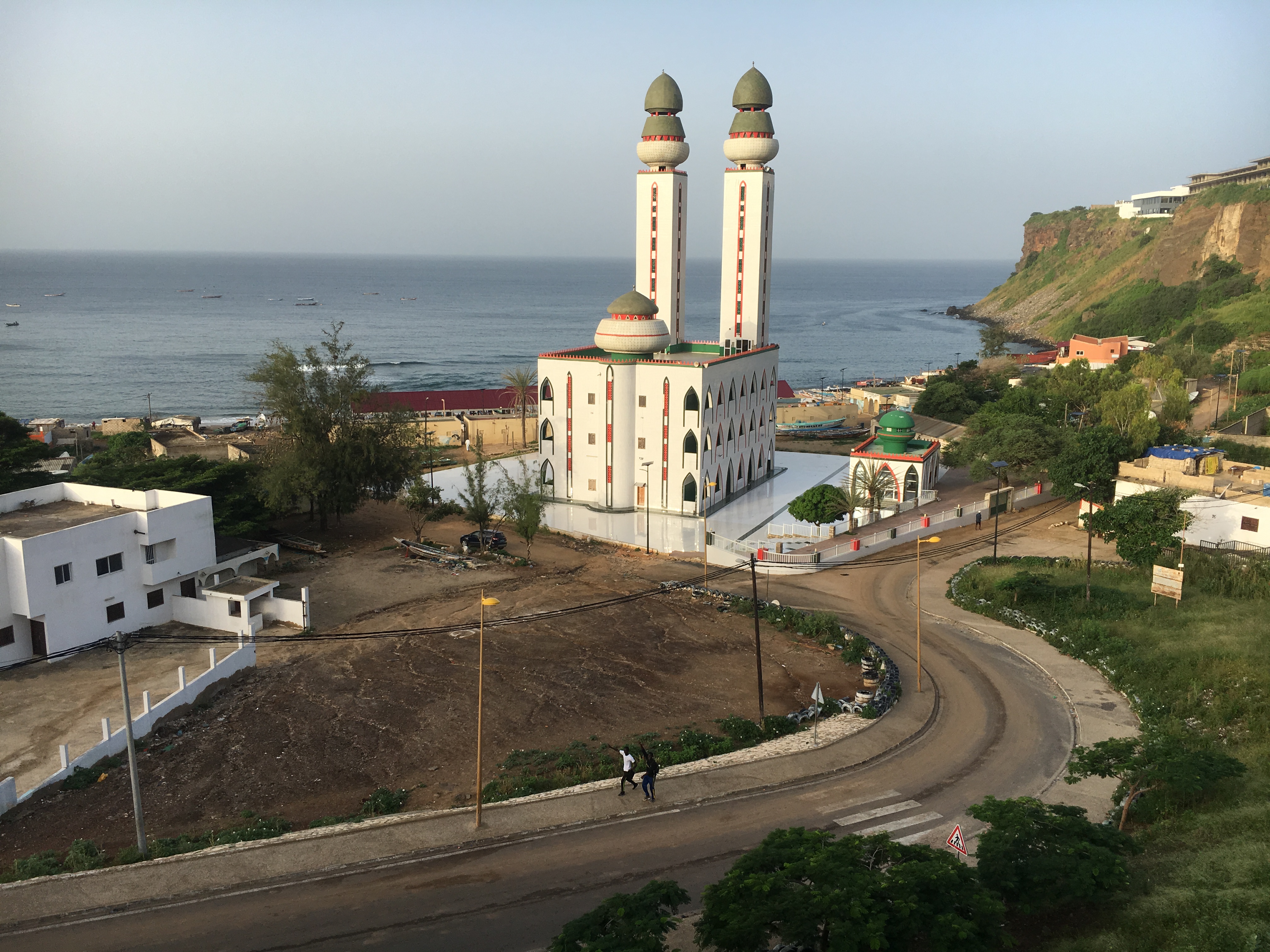
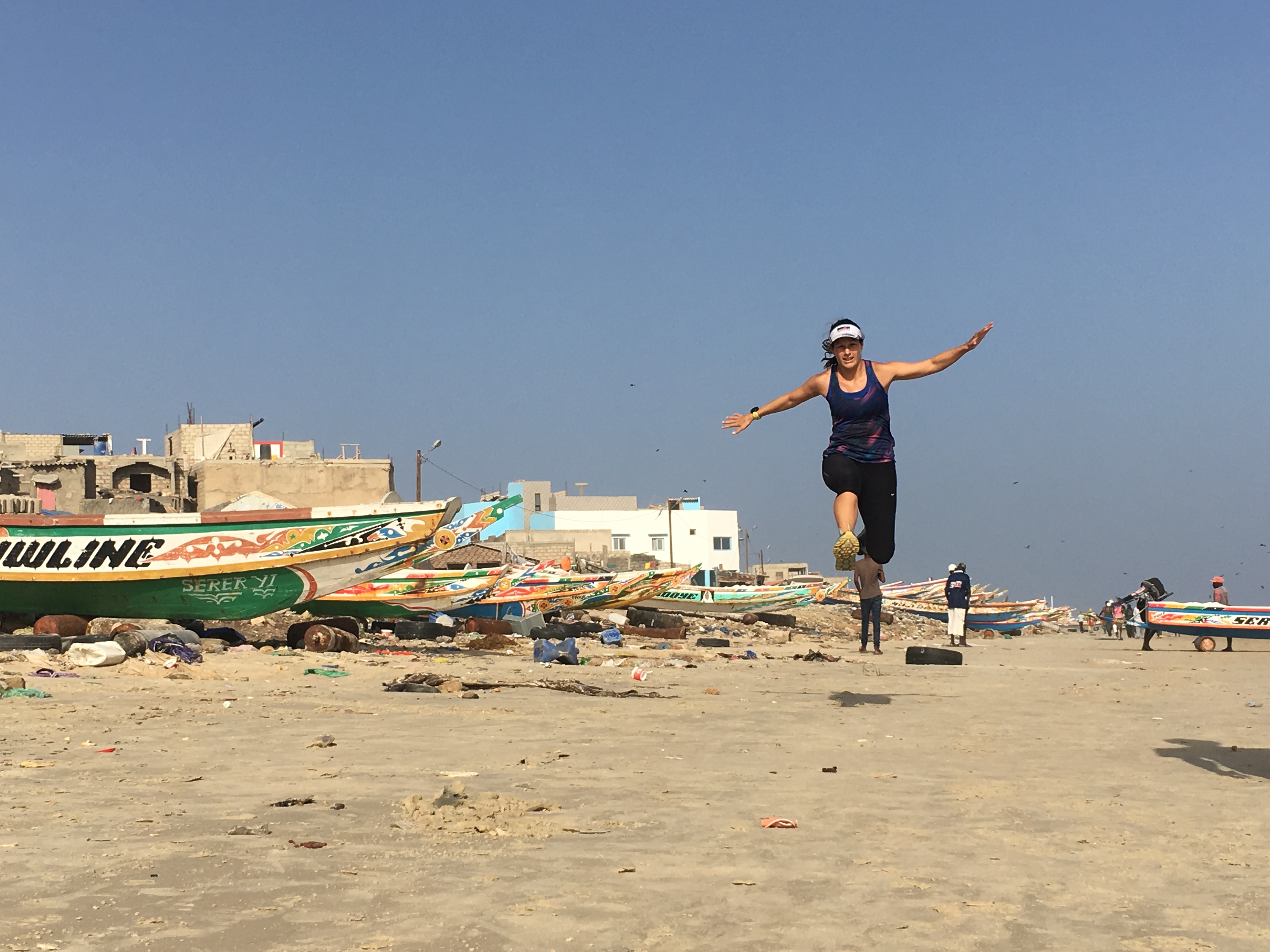
Hi, with all due respect “take (trade)” is really just a terrible euphemism for what happened to Senegal under French colonialism. I consider it even to be ignorant and very disrespectful of you, there’s a responsibility to do research properly, esp. when writing about a formerly colonised country from a euro-centric perspective.
LikeLike
Thank you for pointing this out Emma. I have made it more clear for everyone now. I did plenty of research on this topic hence the reason I emphasized ´taken´… Feel free to check out my blog with more in depth about slavery in West Africa here: https://whereintheworldistag.com/2020/06/12/west-africa-slave-trail/
LikeLike